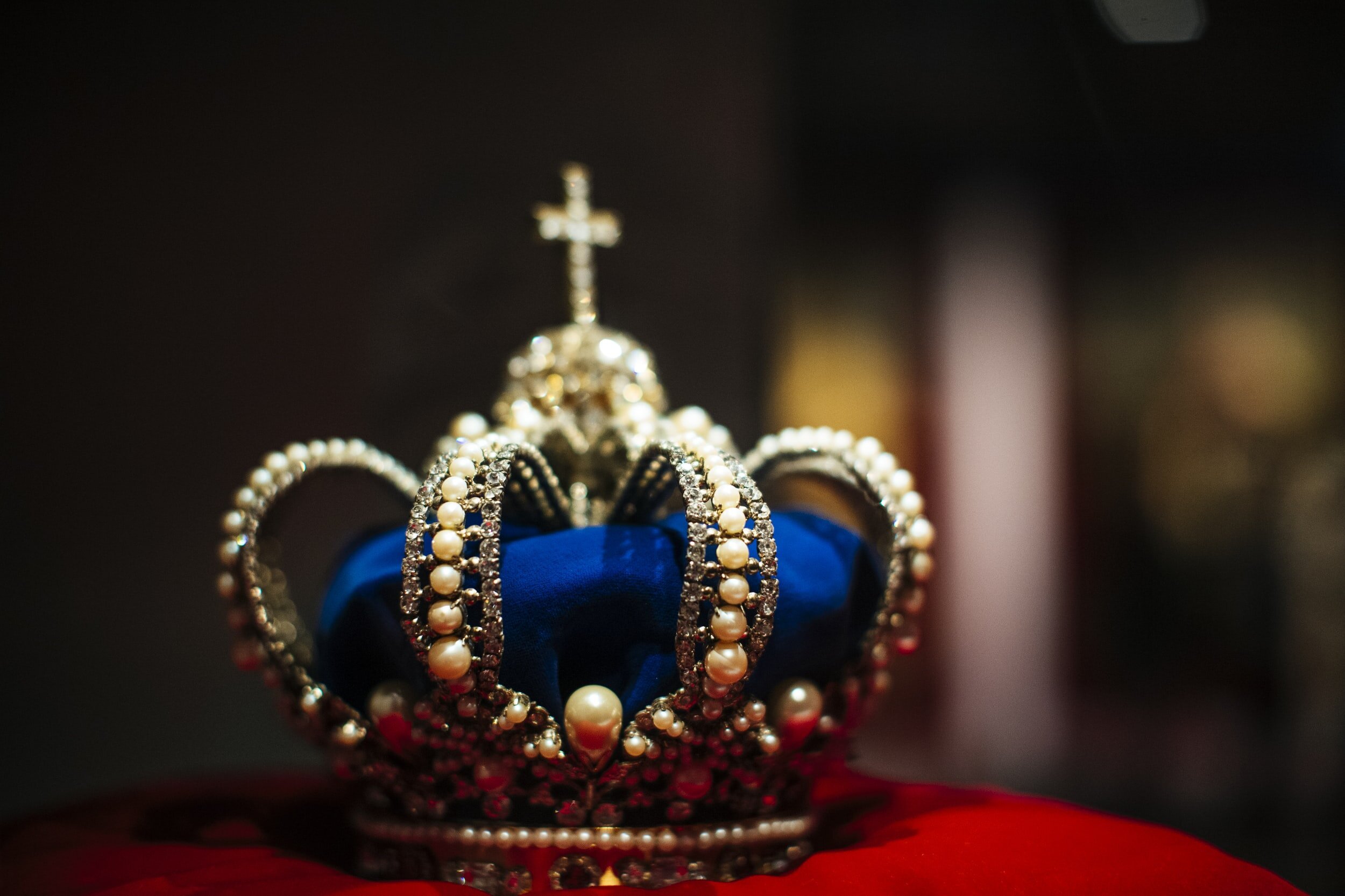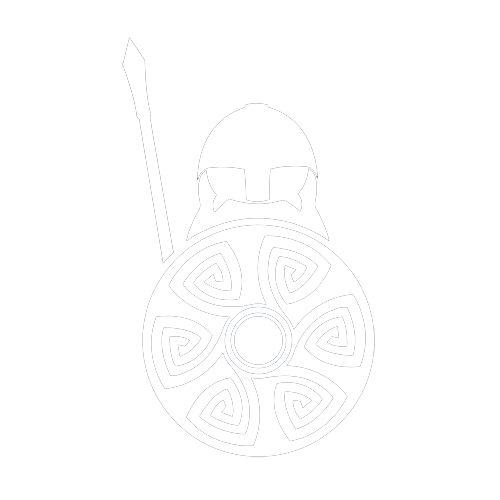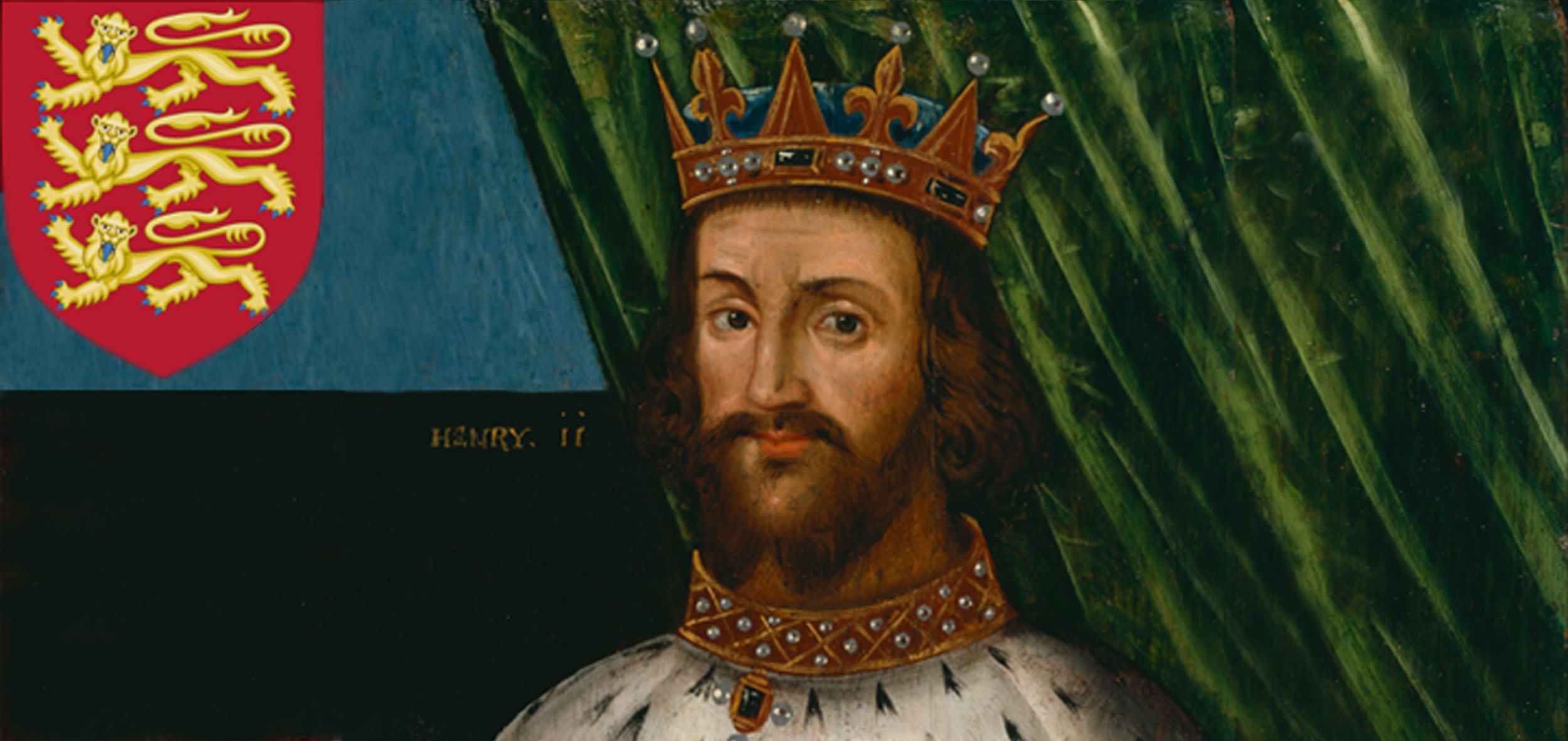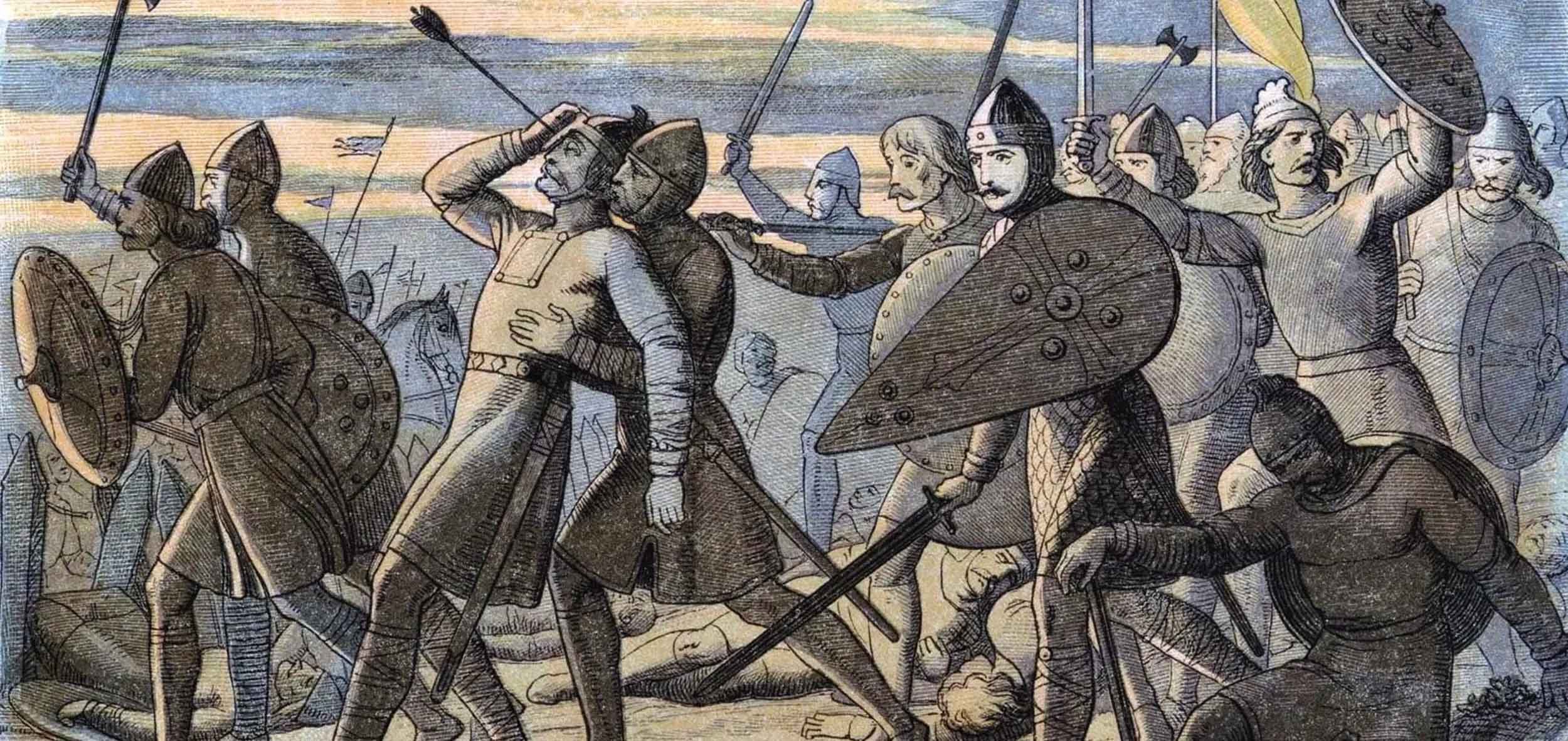
Medieval Kings and Queens
Kings and queens have ruled Britain since the Romans. Some were very successful, powerful warriors in their own right, expanding their kingdom and governing their subjects with authority. But others were quite the opposite!
Kings of Medieval England
Kings of medieval England have ruled for over 700 years, between 757 to 1485 AD. In the early days, England did not exist, instead the land was broken up into warring kingdoms, each with its own ruler. Alfred the Great had a dream of a united England, a king of all of England.
King Richard III the Last Medieval King
King Richard III was the fourth son of Richard, Duke of York and Cecily Neville. His reign is blighted with unproven murders, which began when he seized the throne from his nephew, Edward V. The mysterious disappearance of the young princes in the Tower, and the nature of his physical appearance, Richard III’s reputation has suffered harshly through time. But with no evidence to support these crimes, he should be remembered as a powerful duke, king and warrior, which ultimately led to his death on the battlefield, fighting in the last battle of the Wars of the Roses.
King Edward V the Lost King
King Edward V was the son of Edward IV and Elizabeth Woodville. At just 12 years old, Edward V accedes to the throne of England, following the death of his father. His uncle, Richard Duke of Gloucester, is declared Protector of England, until Edward comes of age. But tragedy dominates his short life and reign, his legitimacy is questioned, and his uncle seizes the throne. Within a few short months, Edward and his younger brother Richard, disappear at the Tower of London, leading to the long standing, medieval mystery ever since.
King Edward IV the First Yorkist King
King Edward IV was the son of Richard, Duke of York and Cecily Neville. A tall, powerfully built king, Edward IV spent his two reigns fighting in the Wars of the Roses, in some of the bloodiest battles ever seen in England. Despite persistent rebellions from his brother, and disapproval of his marriage, King Edward IV ruled over a prosperous economy, once the fighting died down. His death came suddenly, and with his son and heir, Edward V, being too young, Edward’s brother, Richard became Lord Protector of England. This would lead to the final tale of medieval England.
King Henry VI the Last Lancastrian King
King Henry VI was the son of Henry V and Catherine of Valois. A gentle, kind, pious and generous king, Henry VI was very different to past warrior kings. His reign was long, but fraught by insanity and civil war. Despite the valiant efforts of his wife, Queen Margaret of Anjou, to keep him on the throne, Henry VI submitted to Richard, Duke of York as Protector of the Realm. This ultimately led to the famous Wars of the Roses, between the houses of Lancaster and York. Henry VI lost his crown to the Duke’s son, Edward IV, but it returned briefly, before being removed once more. He lost his son before losing his own life.
King Henry V the Merciful Warrior King
King Henry V was the son of Henry IV & Mary de Bohun. He began his reign reviving the Hundred Years War with France, taking back lost ancestral lands. A chivalric, warrior king, Henry V was an excellent military leader, famously defeating the vast French army at the Battle of Agincourt. Deeply religious and merciful to his enemies, King Henry V is one of England’s greatest kings, despite his short reign, and the last true medieval warrior king. King Henry V died a month before being crowned king of France, and tragically would never meet his only child, Henry VI, the future king of England and France.
King Henry IV Bolingbroke
King Henry IV was the son of John of Gaunt and Blanche of Lancaster, and the first Lancastrian king. He began his reign usurping the unpopular king, Richard II, but spent the next 13 years defending his crown from rebellions and assassination attempts. Incessant opposition from the powerful Percy family and the ambitious Prince of Wales, Owain Glyndwr, wore down King Henry IV and the treasury. Talks of abdication from the Archbishop of Canterbury, and growing support for Henry IV’s son, Henry V, drove the king to exhaustion and eventually his death.
King Richard II the Despotic Ruler
King Richard II was the second son of Edward the Black Prince and Joan of Kent. He began his reign at the tender age of 10. At just 14, he successfully faced down the Peasants' Revolt, but this encouraged his inner belief that kings should rule with absolute power. A dogmatic, extravagant and despotic ruler, Richard II failed to gain the loyalty of his barons. King Richard II was overthrown and forced to abdicate, leading to his imprisonment and death.
King Edward III the Popular Warrior King
King Edward III was born at Windsor Castle on 13 November 1312. He was the first son of Edward II and Isabella of France. Edward acceded his father at the tender age of 14, and went on to become one of England's most popular and successful kings.
King Edward II the Condemned Monarch
King Edward II was born in Caernarfon Castle, Wales on 25 April 1284. He was the fourth son of King Edward I and Eleanor of Castile. Edward's three older brothers died during childhood, leaving him as heir to the throne of England. In 1301, when Edward was just 16, his father bestowed the title 'Prince of Wales' onto him. Later, Edward would grow to become a popular figure in Wales, but would fail to do so in England.
King Edward I the Ruthless Warrior King
King Edward I was born in Westminster on 17 June 1239, and was the eldest son of King Henry III and Eleanor of Provence. He was named after his father's favourite saint, King Edward the Confessor, a saxon name which was not often given to aristocracy after the Norman conquest.
King Henry III the Longest Reign in Medieval England
King Henry III was born in Winchester Castle on 1 October 1207, the eldest son of King John and Isabella of Angouleme. At the tender age of nine, his tyrannical father John died, and Henry of Winchester became King Henry III of England.
King John the Tyrannical Ruler
King John was the fourth and youngest legitimate son of Henry II and Eleanor of Aquitaine. He was born on Christmas Eve 1166 at Beaumont Palace in Oxford, and was soon moved to the Abbey of Fontevrault in Anjou, to lead a life in the church. Even at this young age, John was petulant, unstable, spoilt and cruel. His red hair matched his red-faced fury, when he flew into a classic Plantagenet rage.
King Richard I the Lionheart King
King Richard I was the third son of Henry II and Eleanor of Aquitaine, and the most successful. Favoured by his mother, King Richard I became an outstanding warrior and something of a national hero. A far cry from his tyrannical younger brother, John. Richard became known as the Lionheart, or Coeur de Lion for his bravery and courage in battle. Particularly so with his victories against Saladin and the Saracens, during the Third Crusade.
King Henry II Plantagenet King of England
King Henry II was the first in a long line of Plantagenet kings of England. Also known as Henry Plantagenet, Curtmantle or FitzEmpress, Henry was the son of Matilda and Geoffrey of Anjou, and grandson of King Henry I. He grew to be a charismatic, intelligent man, who could speak many languages, which proved useful when communicating across his multi-lingual territories as king.
King Stephen of England and Matilda
The king, Stephen of England, was not nominated as heir to the throne of England. His cousin, Matilda, who was Henry I's daughter, was instead. Matilda (or Maud as she is sometimes known) had the strongest claim, and her father rallied for an oath to be sworn by his Anglo-Norman barons, before his death, that she would become Queen of England.
King Henry I Beauclerc
King Henry I of England was the youngest son of William the Conqueror. He was also the only Norman king who could read and write. This education came from his upbringing in the church, unlike his siblings. Henry I had a long and successful reign in England, and due to his ambitious nature, he expanded his kingdom into Normandy.
King William Rufus the Unpopular Norman King of England
King William Rufus was the third, and possibly favourite son of the Norman conqueror William I. After an unusual set of circumstances, William inherited the throne of England at the age of 30, despite having two older brothers, Robert and Richard.
William the Conqueror Duke of Normandy
William the Conqueror, the Norman invader, defeated the last Anglo-Saxon King of England, Harold II Godwinson, in the famous Battle of Hastings, in 1066. He was sometimes known as William the Bastard and previous to his victory in Hastings, William Duke of Normandy.
Harold Godwinson the Last Anglo-Saxon King
Harold Godwinson, a wealthy, powerful man who inherited money and titles from his father, Godwin Earl of Wessex, upon his death in 1053. Harold Godwinson dedicated his life to serving King Edward the Confessor unreservedly, soon becoming indispensable to the King. Then, when Edward died in 1066, Harold was very quickly crowned king. However, as history now bares its scars, Harold Godwinson's reign would not last long.





















